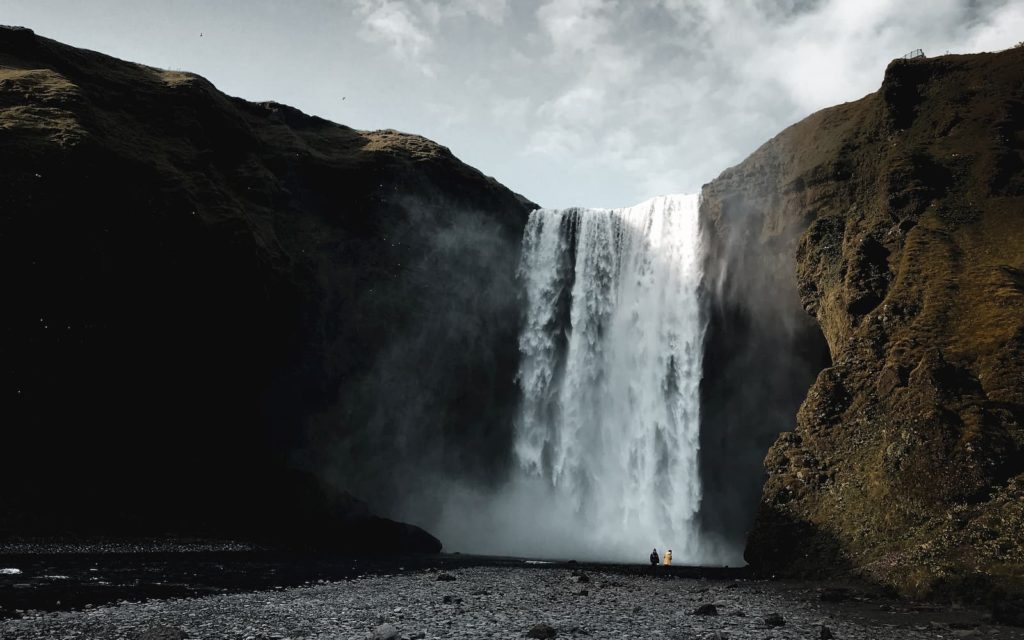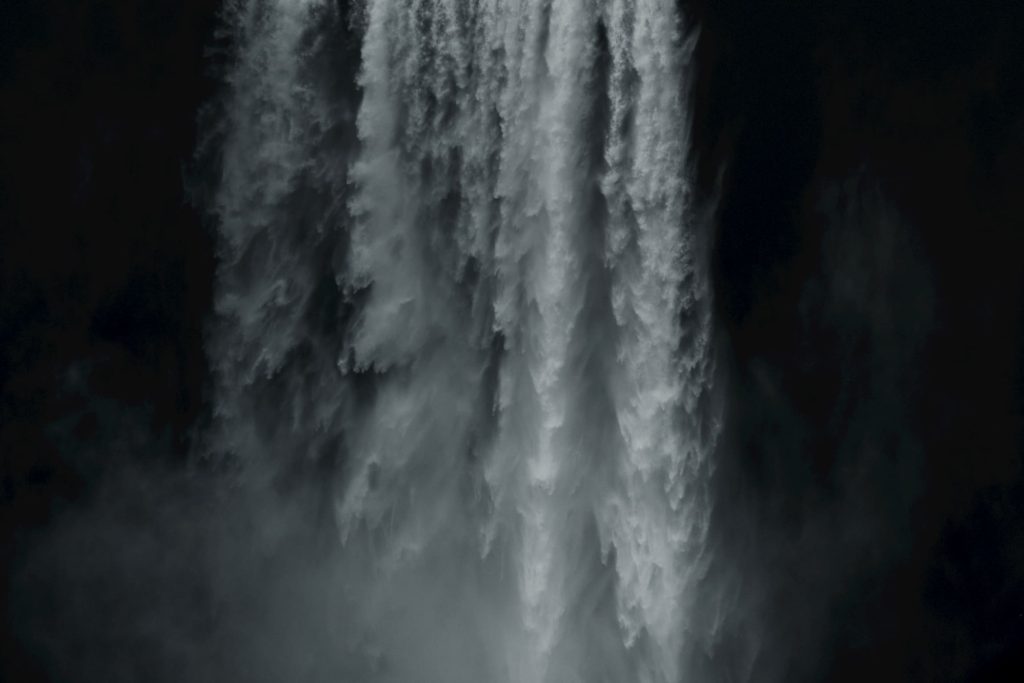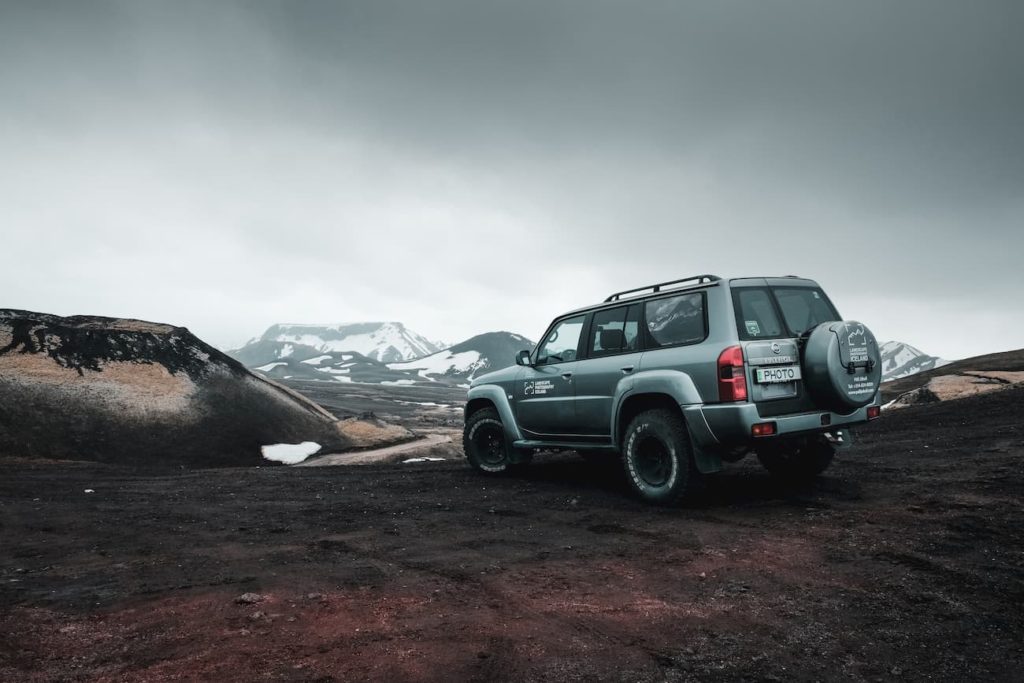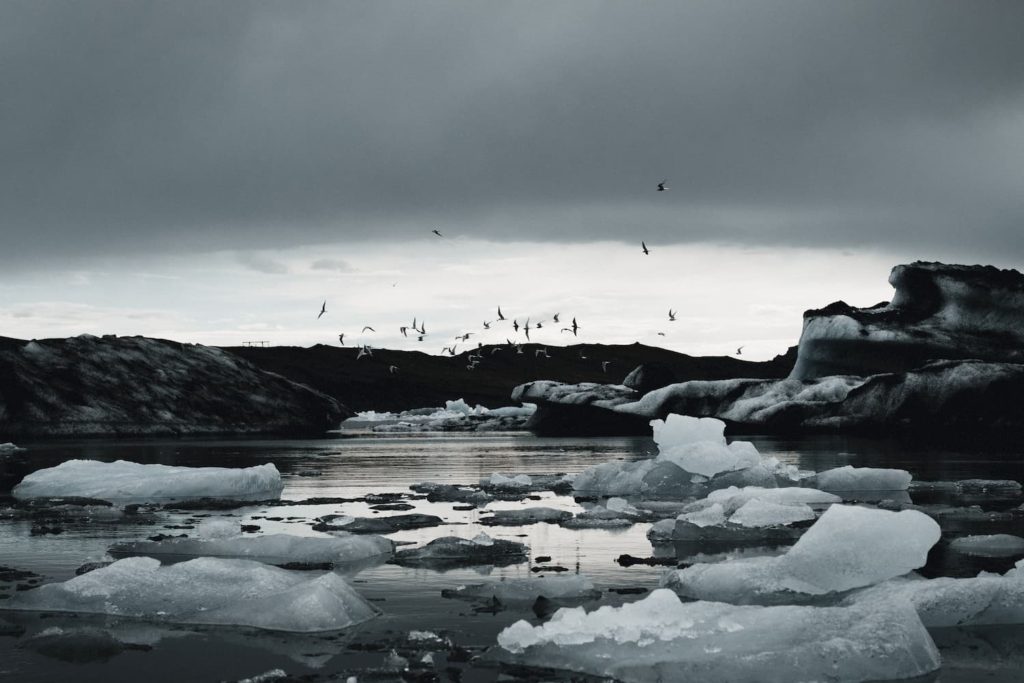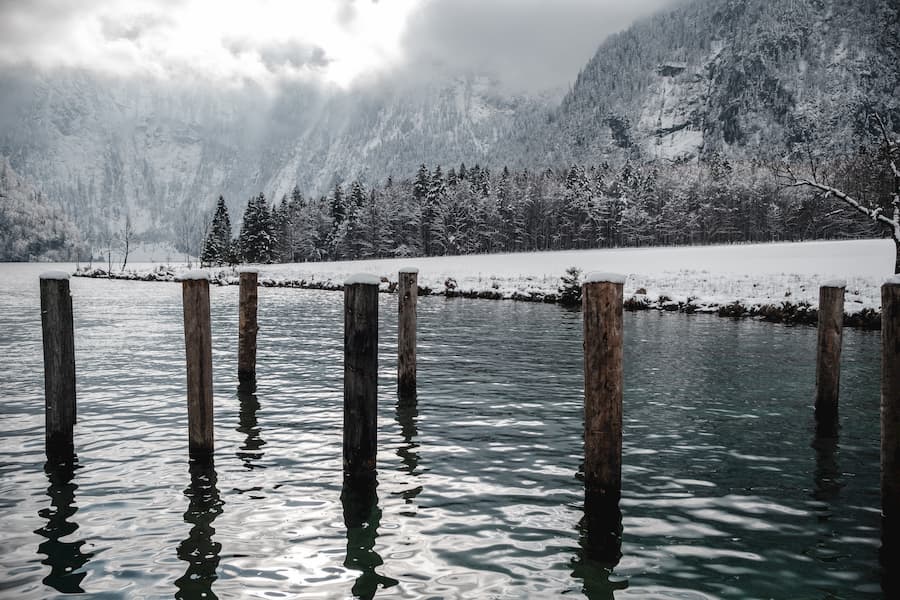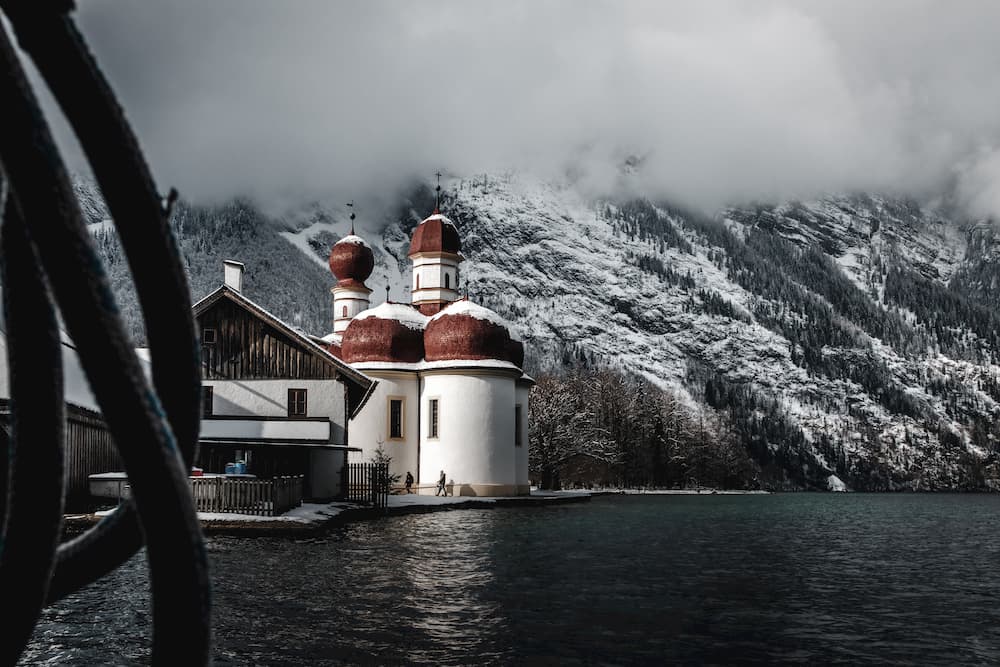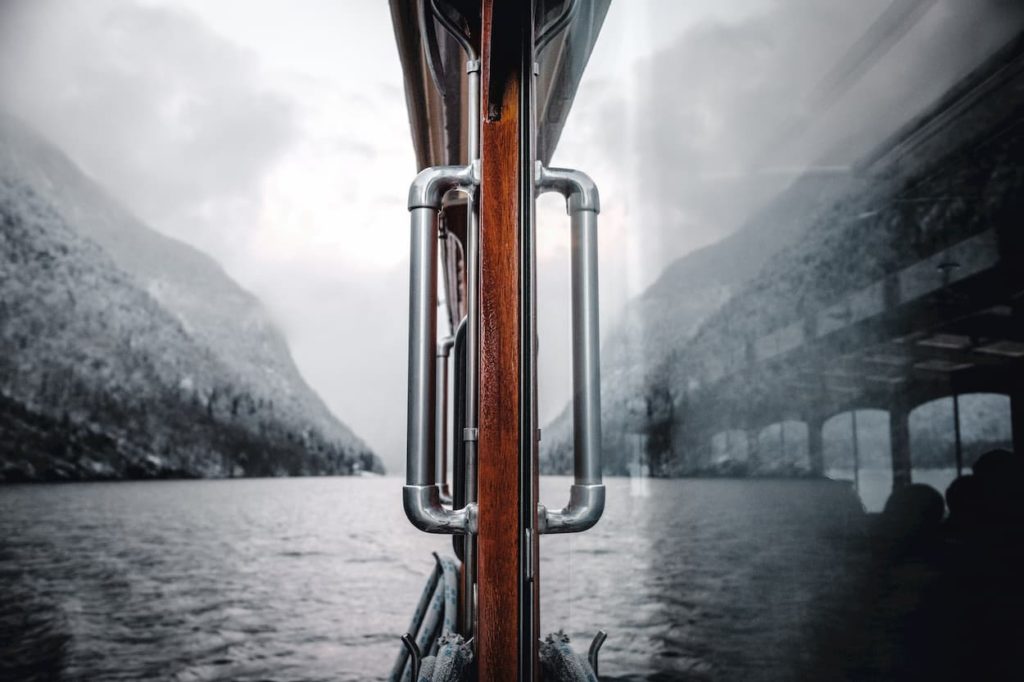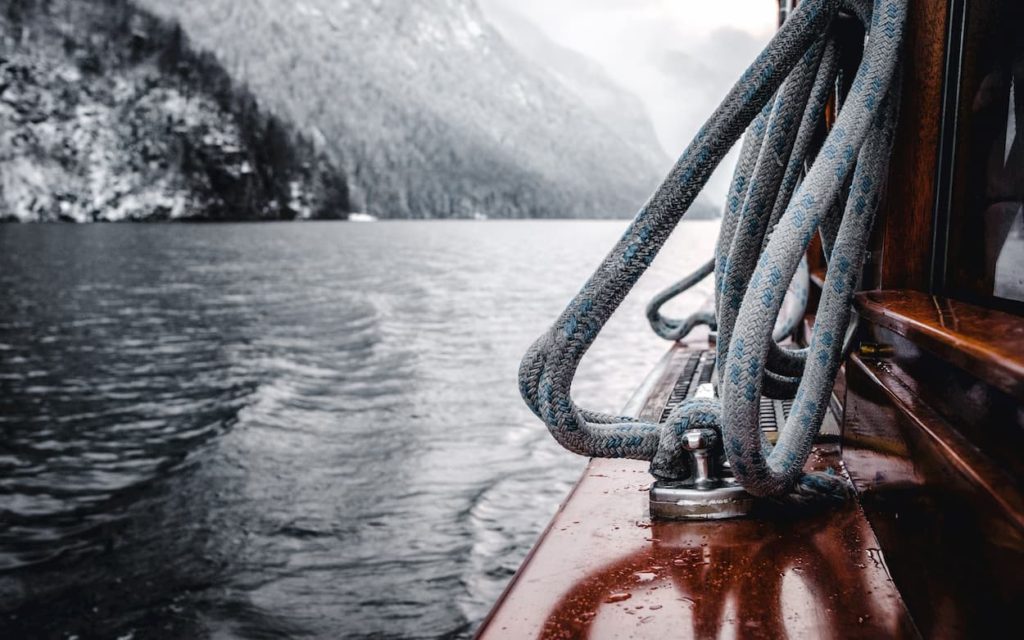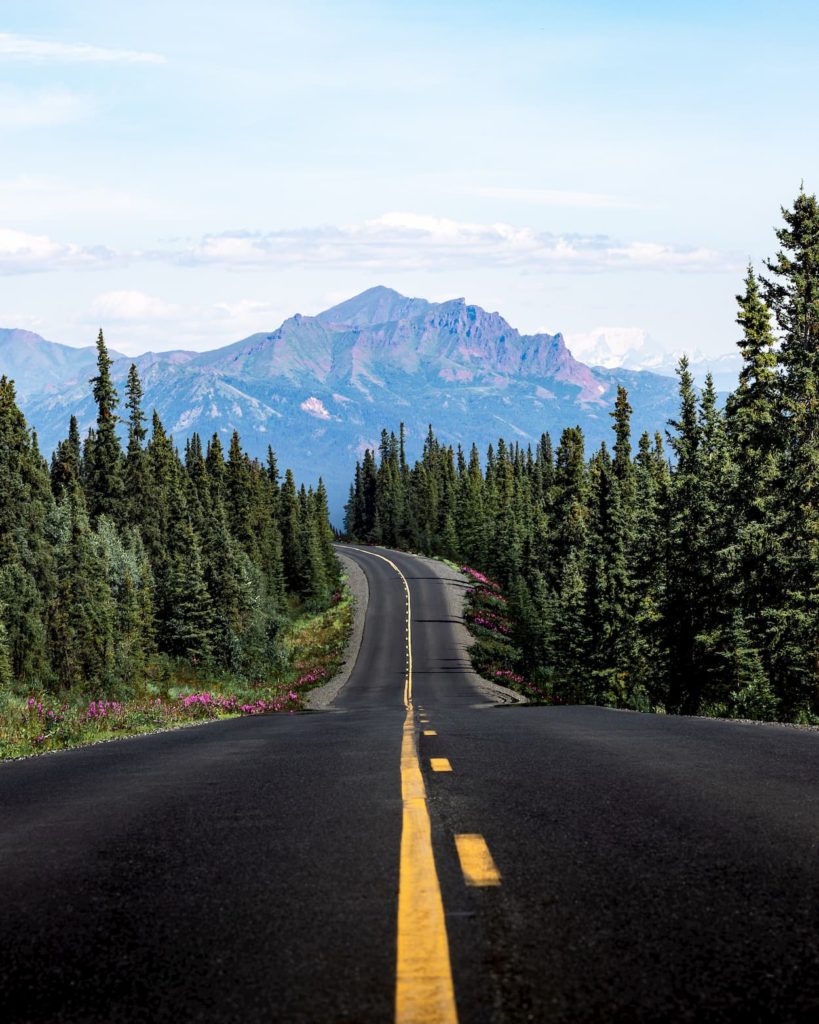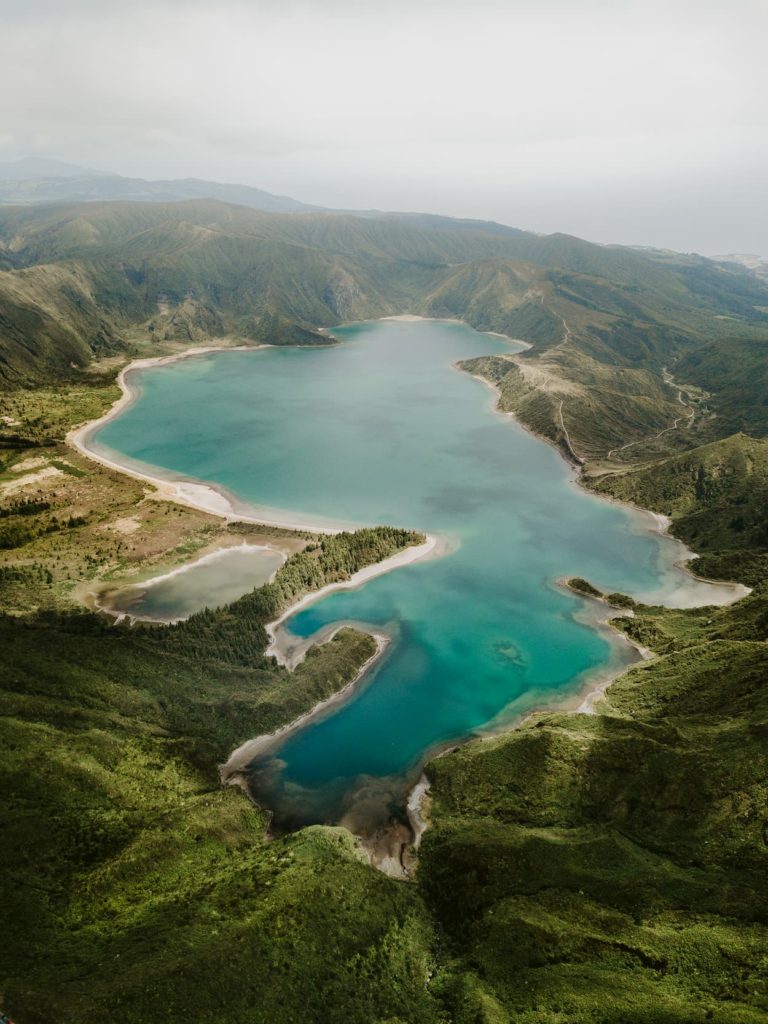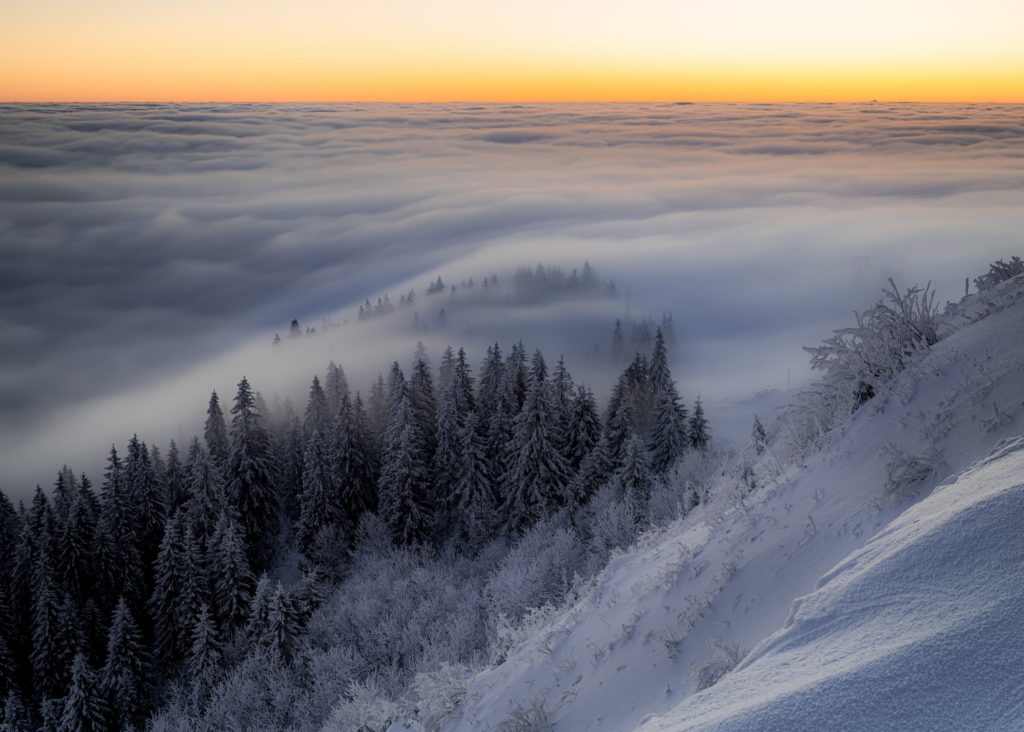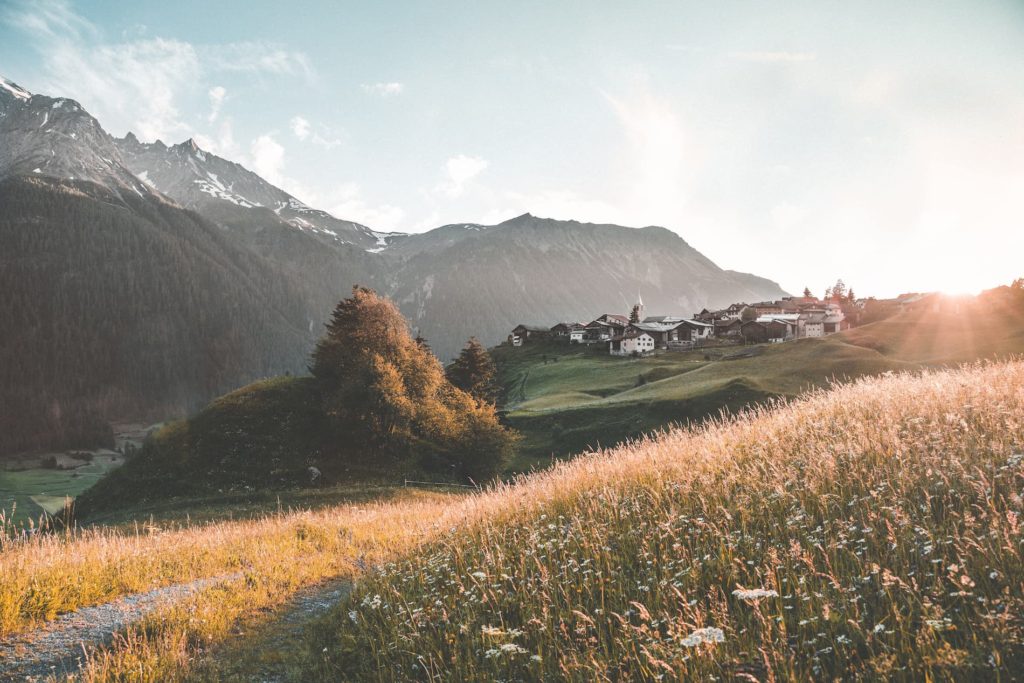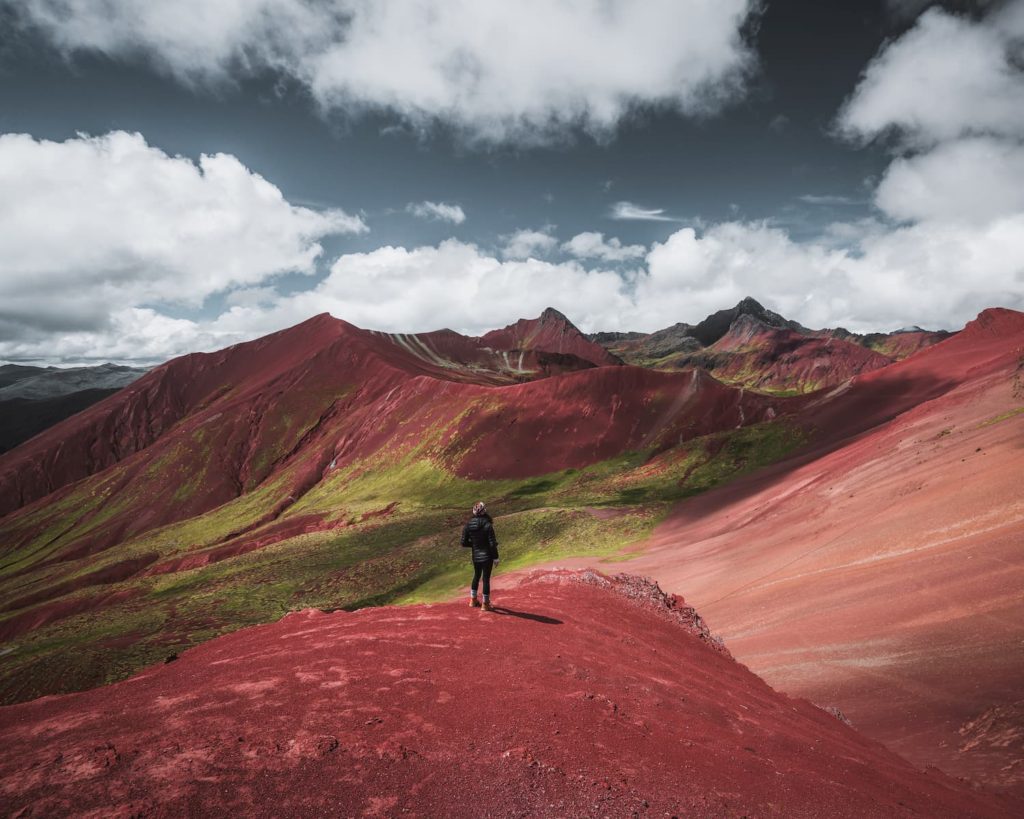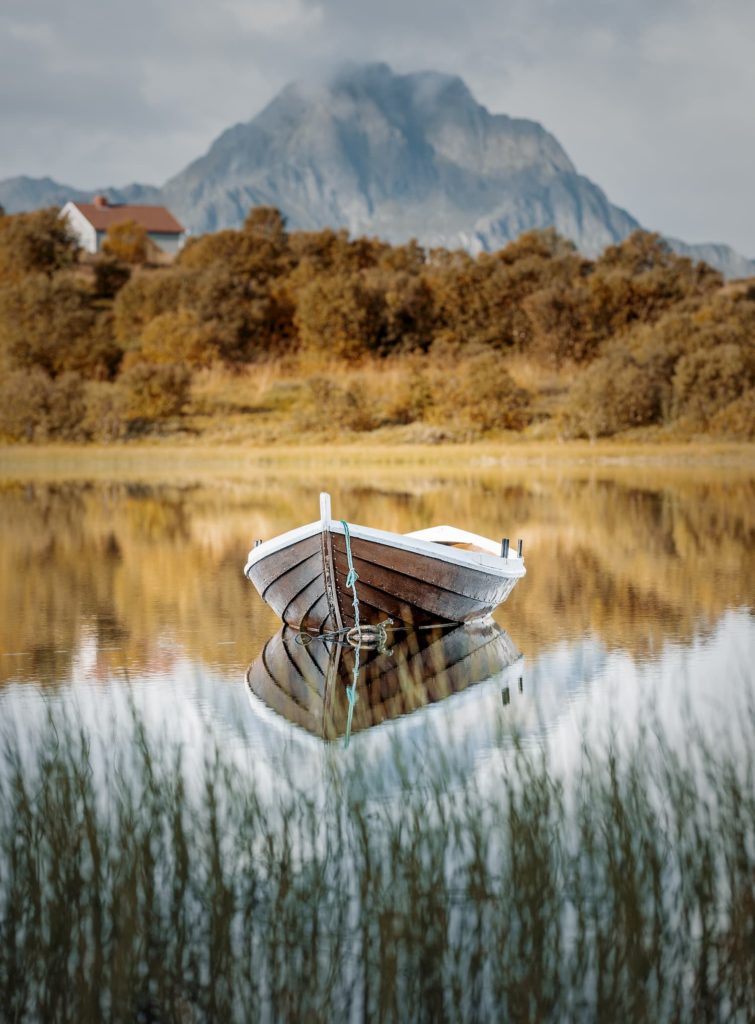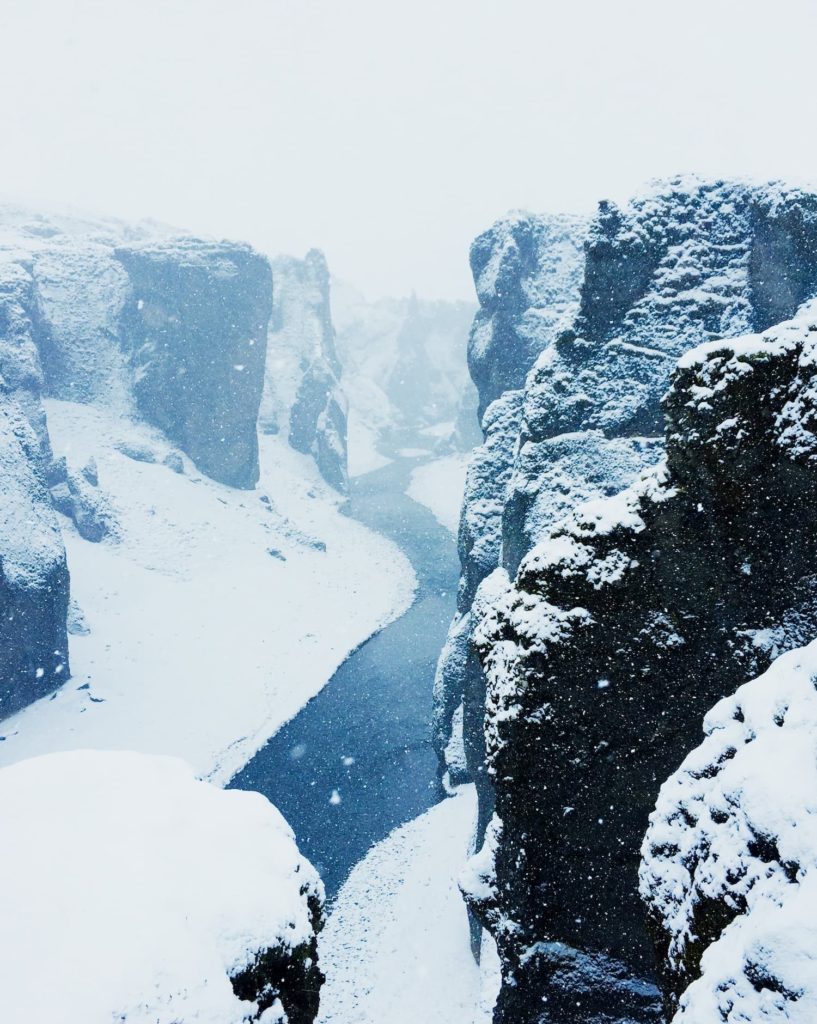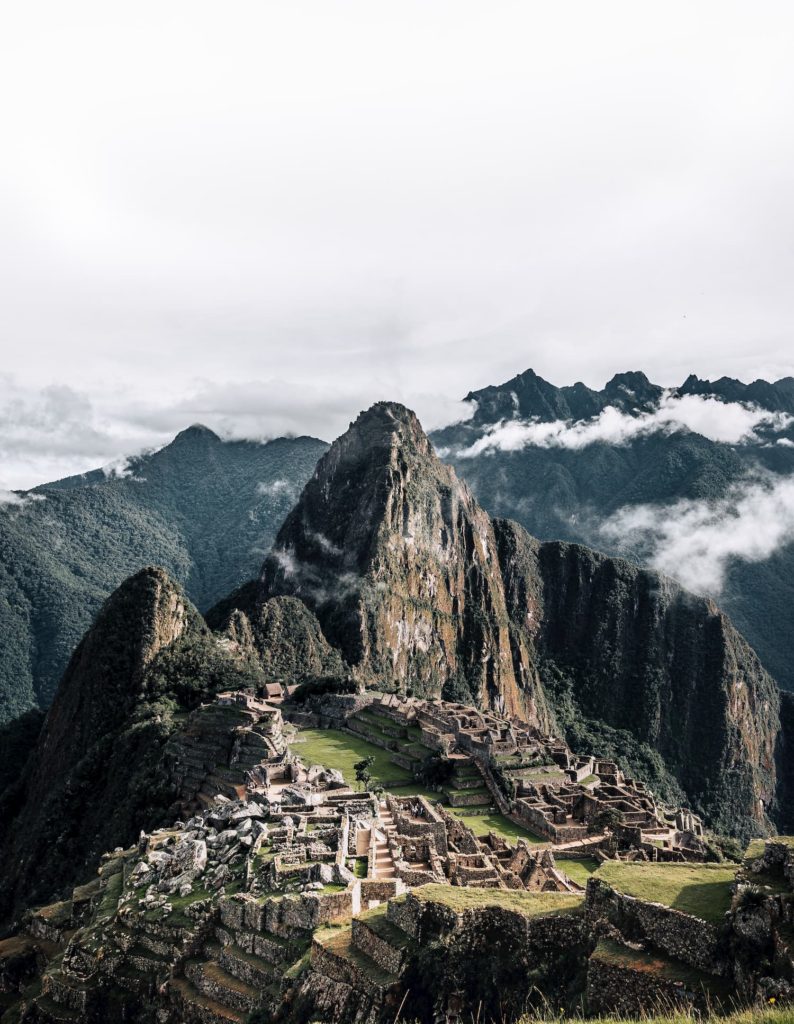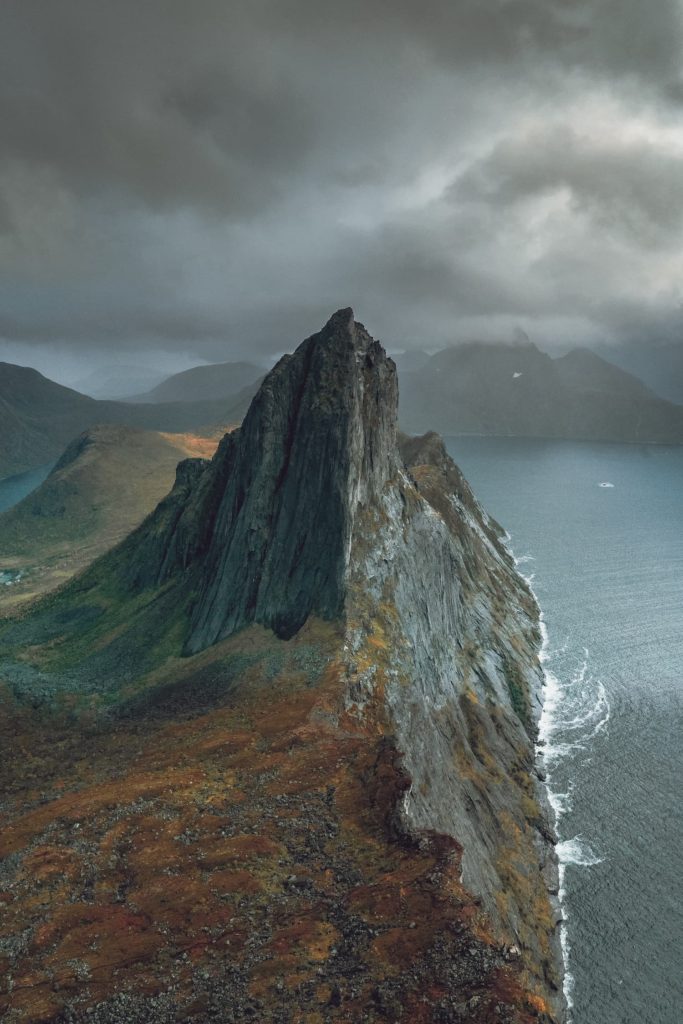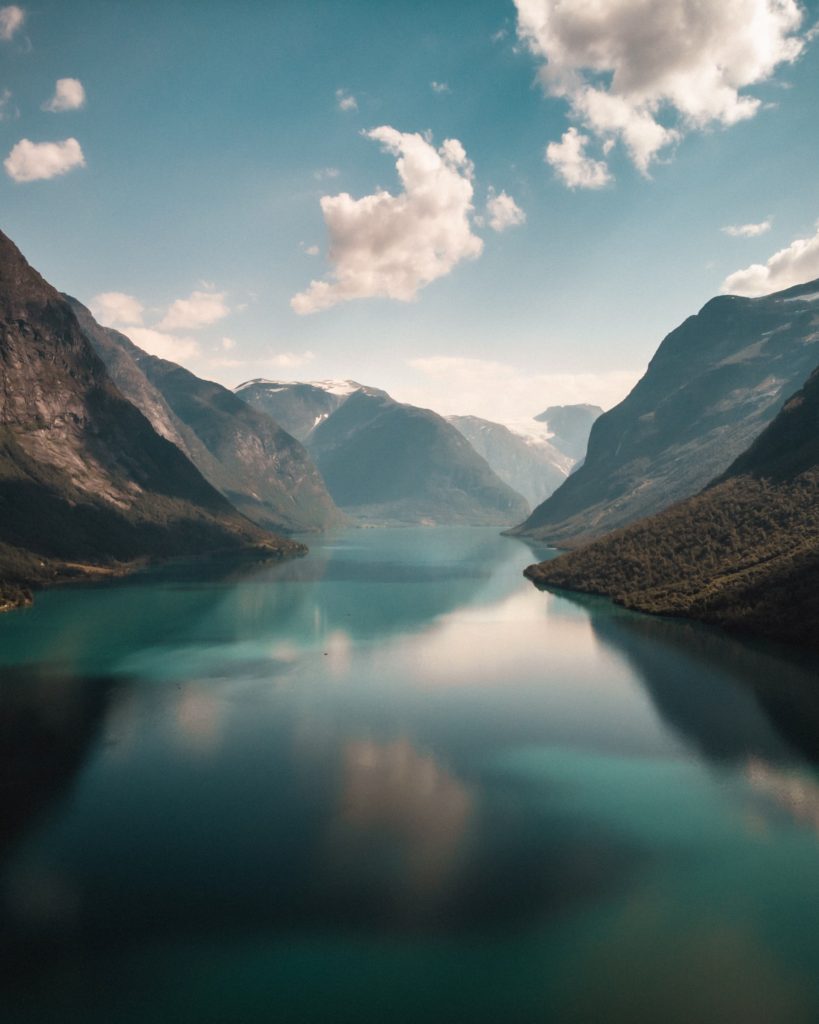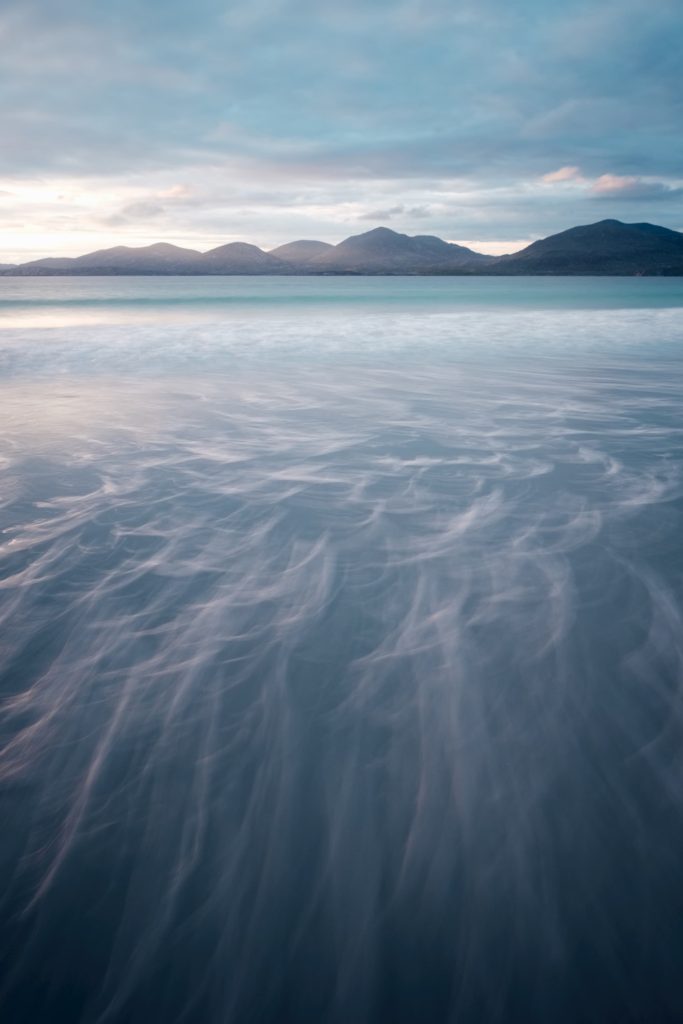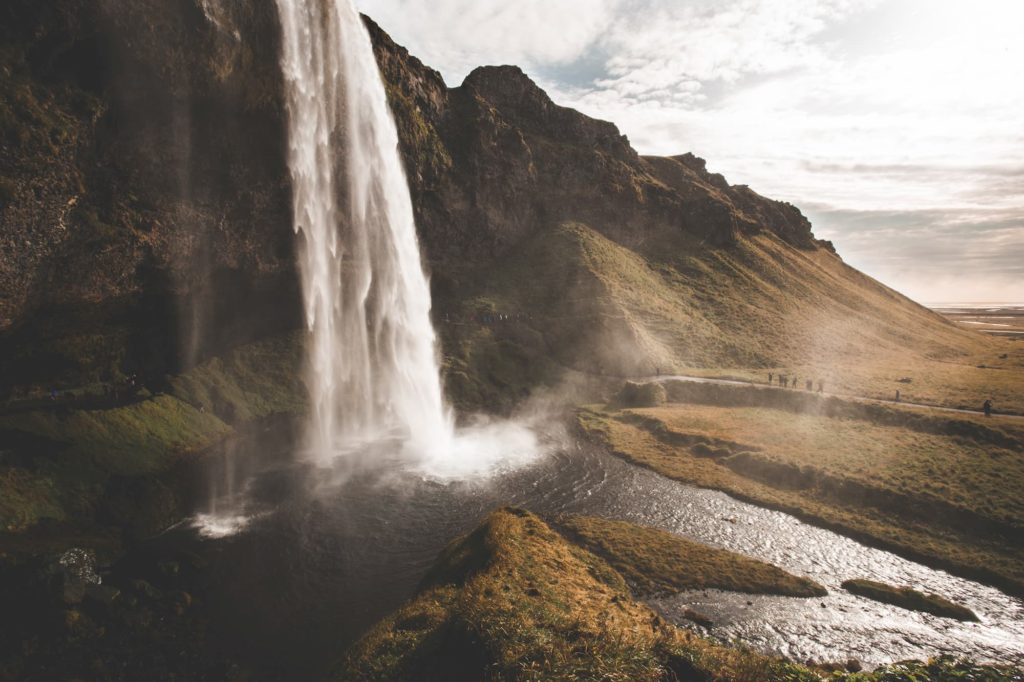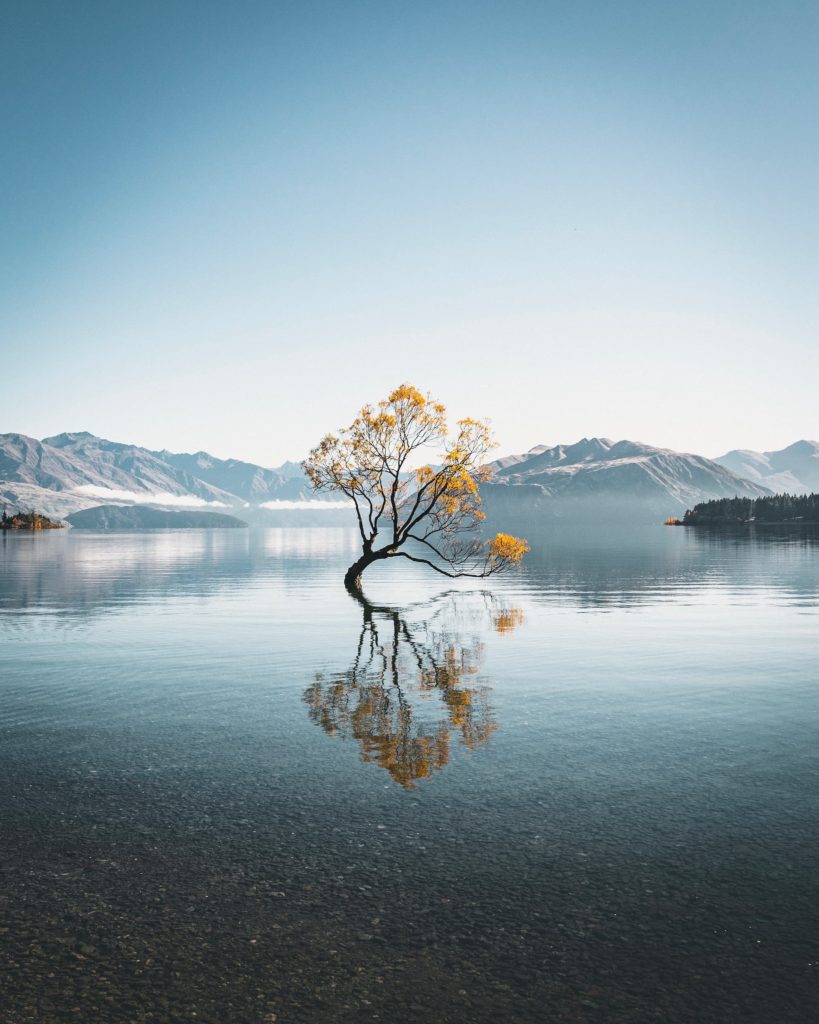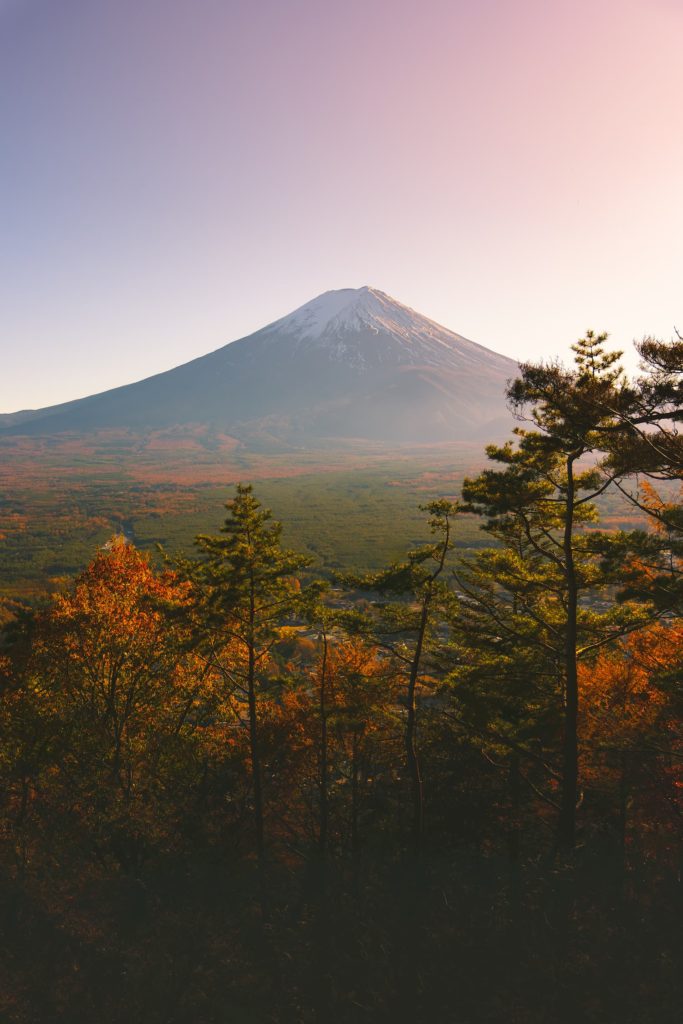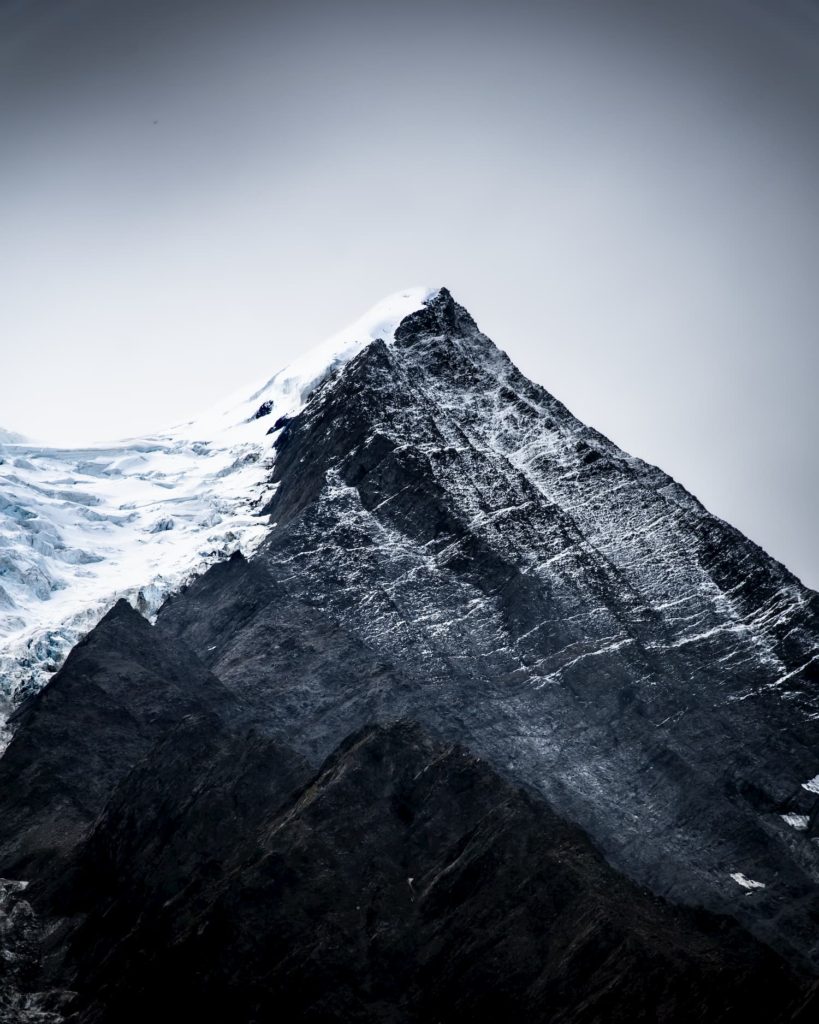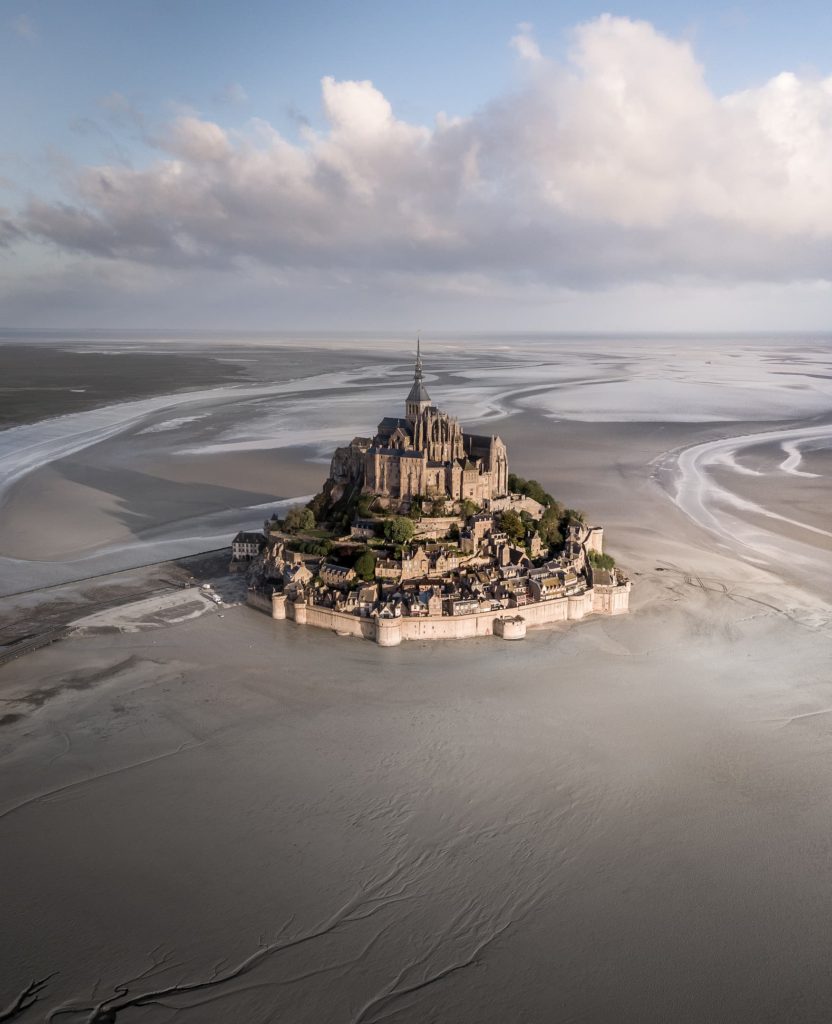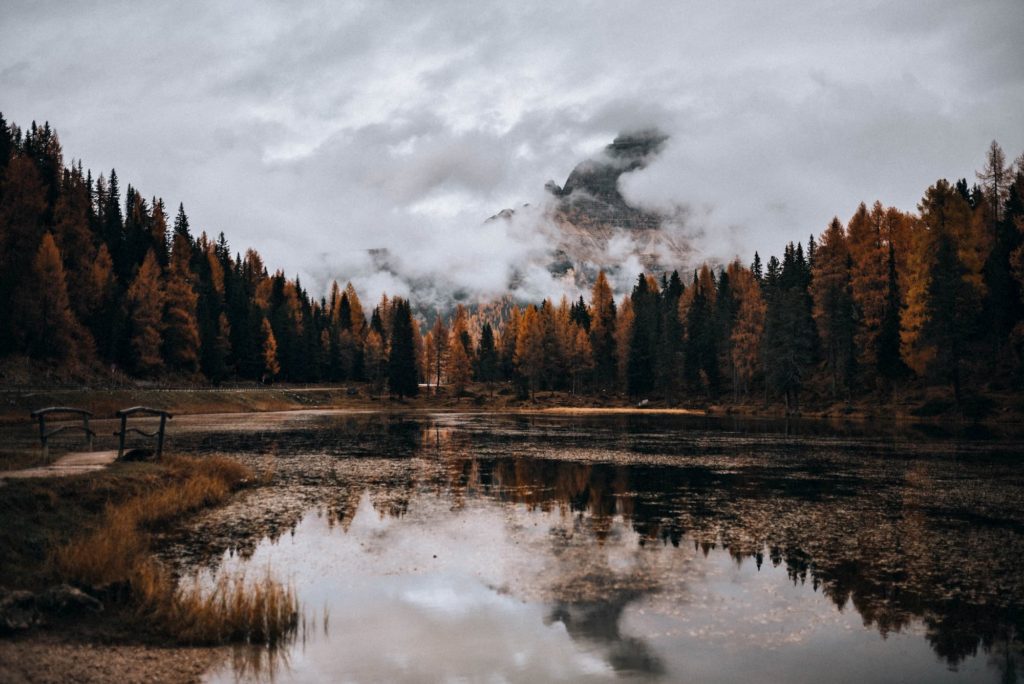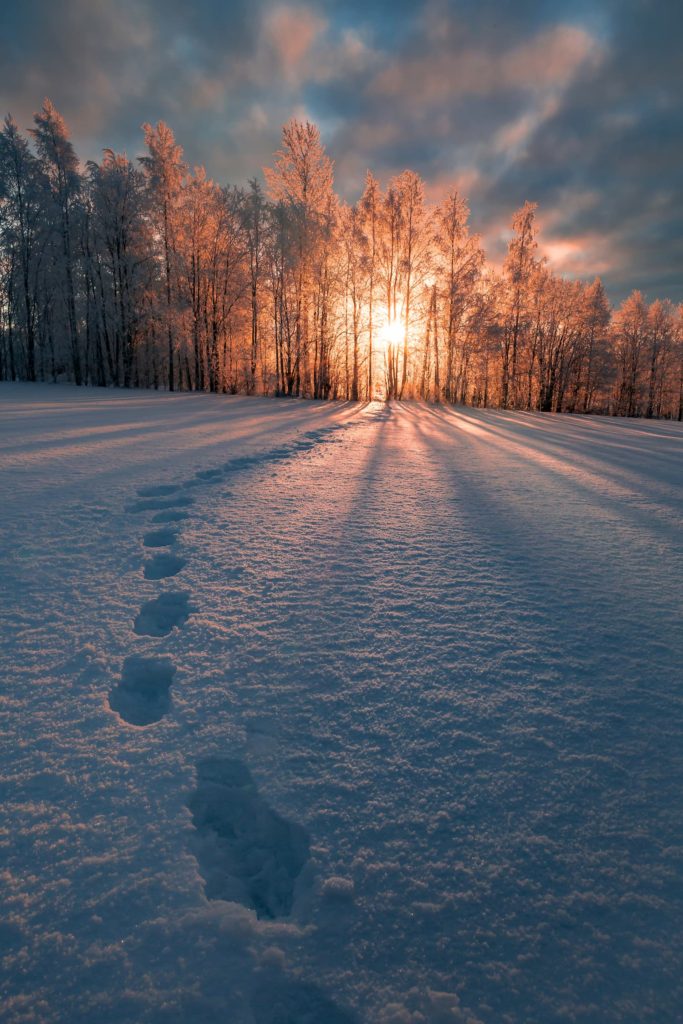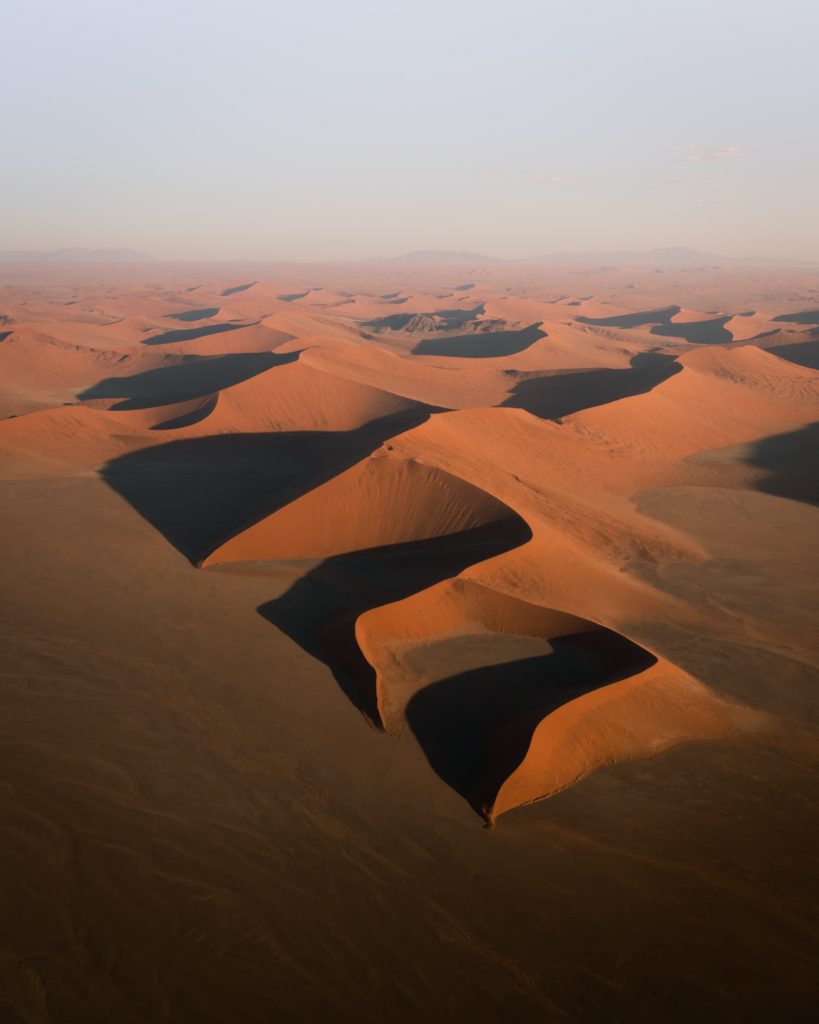
Tomas Derner
@tom_tdx_traveler
Photographer based in Germany
I grew up on the farm in the Eastern part of the Czech Republic and by default, it’s not an ideal place to start with if you want to conquer the world. However, right after high school I decided to pack my backpack and travel to Scotland to earn some money. At that time my main goal was to earn enough money to be able to pay for college and become fully independent from my parents.
"When I look back, it was also kind of escape far away from the farm life."
"This Scotland adventure could be one story for itself. I had never traveled before, so I didn’t really know what to bring and I packed basically everything."
Literally everything. I even had a glass jar with olives and ketchup! I know this may sound a little stupid but keeping in mind that my family never traveled further than 50 km away from our farm and we didn’t have the internet at home, it makes kind of sense. I had no idea myself, nor the people I was mainly surrounded with and I couldn’t simply Google it. I ended up with a 52 kg backpack. You should see the bus drivers when they were trying to reorganize the storage space of the bus…
"It was funny to watch, I am sure they have wondered what I was carrying with me at least for a few days!"
"I returned to Scotland five times, three to four months each time, and it was my life lesson - it opened my eyes and my mind."
I learned that there is a much bigger world outside our village that is worth exploring. I hadn’t seen much until I was 20, so I felt I had to catch up and was impatient to see more. I also felt the desire to capture other parts of the world the way I see it and to share it, because in spite of traveling often being taken for granted and seen as something ‘normal’, there are lots of people who haven’t seen anything different from there own country or even village due to a variety of reasons. This is how my interest in traveling and photography began.
I can say that photography is one of the biggest passions of my life now and I’m dedicating most of my free time to it. I’m carrying my camera with me everywhere we go, because it allows me to shoot any interesting subject or view I encounter and therefore I can learn anywhere, any moment and take advantage of a spontaneous rush of creativity that appears.
"For me it is utterly important to create authentic content."
I have an aversion to staged stereotypes, unnatural poses, or clichés. I would say that this is mainly valid for portraits and reportage, but it’s equally valid for street or landscape photography. It might sound strange for someone, but I never use a standard tripod. I prefer an interesting low angle over a super sharp image. Finding something extraordinary is not always easy, but I believe it’s possible with some extra effort. This extra mile counts and it can lead to a very unique picture.
What I learned from their work is that sharpness, accurate colors, or perfectly straight lines don’t necessarily make a perfect picture. Usually the most impressive pictures have a lot of imperfections which makes them special, in my opinion. One example is grain; many people consider grain as a defect or at least a limitation of the camera, I don’t. Actually, I add quite a lot of grain sometimes when I edit. This is my view on editing…
Even though I prefer lighter edits I completely respect if someone goes further to achieve their desired look. I completely disagree with the statement that today’s photography is not about actual photography anymore but about cheating in Photoshop or Lightroom to achieve a perfect image. Though I feel that those who make use of many editing tools, opposed to the ones that want to keep a picture pure and natural, have actually taken the time to learn about each single tool and how to use it correctly to create art and express themselves. When I was looking for inspiration in the past, I learned quite a lot about various techniques that were used during the analog era such as dodge and burn or re-touch, which is just a more traditional method to edit than Lightroom or Photoshop.
"My passion for analog style is also one of the reasons why I love my Fujifilm gear."
Shooting with their cameras is a very enjoyable experience. Displays and gestures are great, useful and for many things necessary, but having a physical button with its mechanical resistance is just an irreplaceable experience. I know that many people say that you should not be attached to your gear or brand and as former Canon user I totally agree, but on the other hand, if you love using your camera it motivates you to shoot more, which means improvement and growth. So, yeah, I’m currently Fuji fanboy.
"Despite my love for visual creation, I have to admit that I really enjoy writing as well."
I had this well-known problem of selecting the best photos out of thousands of files on the hard drive. I’m still struggling, but I would say that thanks to my website and blog I have improved a lot. It’s just not the same when combining text and pictures because you choose the photos that have an adventurous story behind, a special significance or a deep emotion. The photo and story complement each other and this leverages the impact each of them would have separately.
I spend quite a lot of time writing my photostories but I believe it’s worth it. Instagram is a really nice way to share photos, find inspiration for new trends, locations, etc. but it is also very fast paced and temporary. Due to the sheer number of pictures most of the people just keep scrolling, spending only a fraction of time on each photo. It’s fine, that is how it goes nowadays, but I want to create more than that. Get a more inspiring story that people stick with and maybe learn from.
"As a result I also improved my photography because it makes me think while I’m shooting whether I have the right images to tell the story in the best possible way."
Do I have enough wide shots, do I have enough details, etc. I honestly believe that everyone should try at some stage of their photographic journey to create something complete and write about their photos. It’s a great way how to showcase and present your work and to enhance your vision. Most importantly, it feels great as well and you will have detailed memories that help you relive all those precious moments.
Since a few months I have started thinking about moving my hobby to a more professional level, but at the same time I would like to keep the passion for photography I have right now. I don’t want to be forced to take pictures, maybe once that I don’t even like, just to make a living. That’s what’s scares me quite a lot. I will decide once I feel it, I guess, and once I will take the leap I know I will be ready for the challenge and that my wife will support me. She has been there for me the whole time and she shares my passion for travel and photography. She is very often my model, support, driver, assistant, and my amusement at once. And I have to admit that it’s not always easy with me. Once I get an idea, I have to go for it no matter the time, place, or weather.
"Luckily, we know each other for more than 10 years now, so she knows what to expect from me and I really appreciate it. Thank you, honey, for everything. Love you!"
Would you like content like this sent to your inbox?
MUST READ STORIES OF MAY
MUST READ STORIES OF APRIL
MUST READ STORIES OF MARCH
MUST READ STORIES OF FEBRUARY
MUST READ STORIES OF JANUARY
NOMADICT
ART GALLERY
THE LATEST STORIES
WRITEN WITH PASSION TO INSPIRE YOU

Miroslav Maršík (@miromarsik): Photographer based in Czech Republic
In this article, Miro shares how his love for cinematic music evolved into a deep passion for photography and how he uses light, color, and atmosphere to turn the streets of Prague into living film scenes.

Aurora photography panorama workflow: A guide to camera settings, editing, and color
In this article, Stefanie reveals how her background in physics sparked her passion for astrophotography and how she blends science with creativity to capture the beauty of the night sky. Readers will discover her approach to color, contrast, and editing, as well as her aurora photography workflow.

Yhabril (@yhabril): Best of the Week 33 at #nomadict
Spanish photographer Yhabril captures the profound connection between humans and the mountains that shaped him. Growing up in the Pyrenees, his work bridges outdoor sports, landscapes, and celestial scenes — often blending athletes, moonlight, and wilderness into striking visual stories.

Ariane Totzke (@besondersschwierig): Photographer based in Switzerland
In this article, Ariane shares how photography helped her navigate personal challenges, connect authentically with people and animals, and develop a philosophy rooted in empathy and artistic freedom. Readers will also discover her ethical approach to wildlife photography and her trusted equipment for both camouflage techniques and cameras.

How to photograph Dutch tulip fields: A guide to light, gear, composition, and colors
Discover how to photograph Dutch tulip fields in their most magical light. From choosing the right gear and lenses to mastering composition, color, and aerial perspectives, this guide shares creative techniques to capture the beauty of the Netherlands’ tulips. Learn how light, color grading, and proportion bring emotion into every frame.
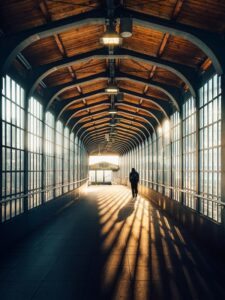
Cinematic city photography: An essential 6-step workflow
In this article, you’ll learn how to read and use light in your home city, choose the right technical settings for low-light scenes, and refine your editing workflow to shape color and atmosphere step by step. In addition, Dominik shares how to find fresh perspectives on familiar locations, five lessons that transformed his photography, and insights on the future of street photography.

Kyle van Bavel (@kylevanbavel): Photographer based in the Netherlands
Kyle van Bavel is a macro photographer with a distinctive, dreamy style that transforms the unseen details of nature into magical worlds. In this article, he shares how his unique vision, shaped by a journey of self-learning and overcoming dyslexia, has become his greatest creative strength.

Inês Preto (@minespreto): Best of the week 20 at #nomadict 2025
Inês is a nature photographer drawn to wild, remote places where weather, wildlife, and mood shape her storytelling. In this article, she shares the behind-the-scenes journey of capturing the Best of the Week image: a puffin trio on the Faroe Islands. She explains how she approached the edit of this image, and shares key lessons she’s learned through experience.
